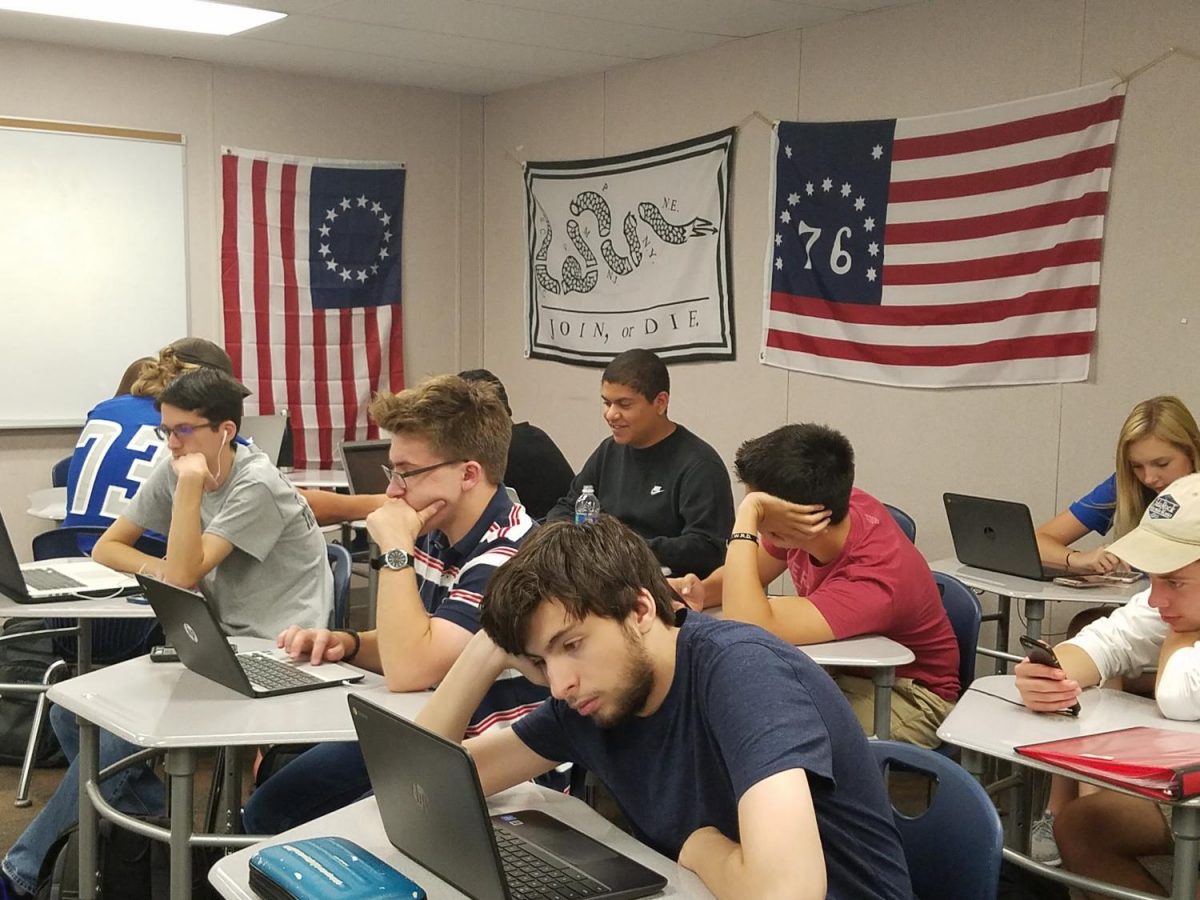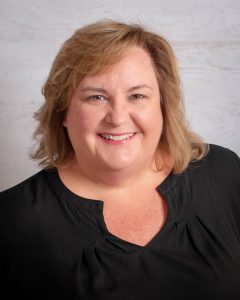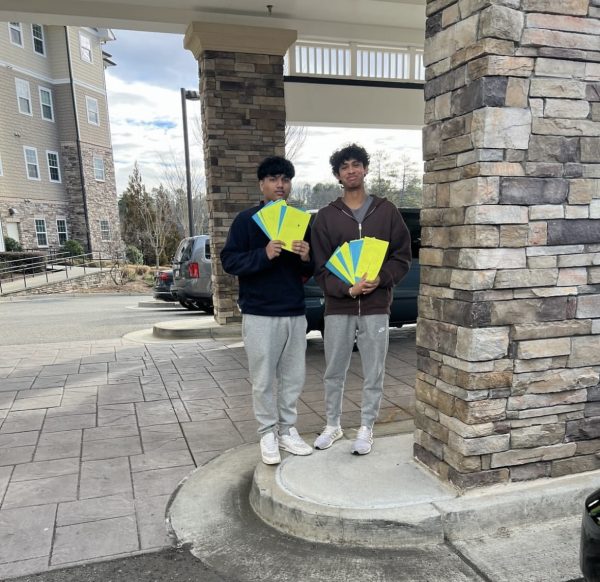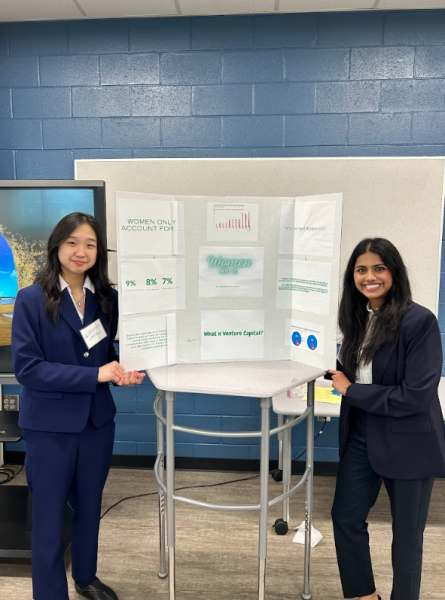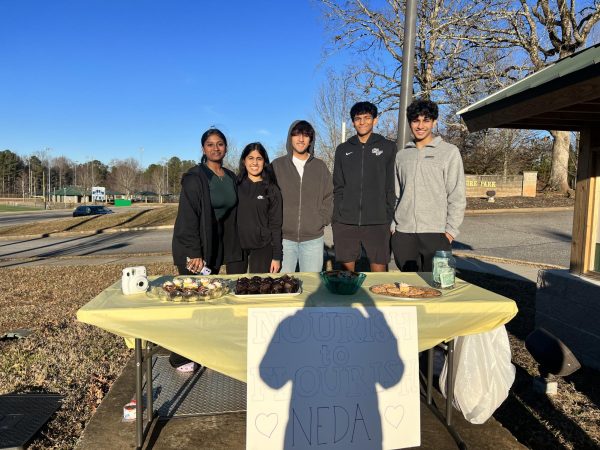Personalized learning embraced by the social studies department
Students in Mr. Pearre’s senior class are adapting chrome books into their lessons. These students use personalized learning to reinforce their understanding of the content.
September 22, 2017
South Forsyth is making a greater effort this year to integrate personalized learning into classrooms. With only two months of school under their belt, students are just beginning to get a glimpse of what the new method holds and how the program exactly works. For students unfamiliar with personalized learning, it is a new system of teaching which involves teachers and students working together to improve the delivery of the content and how assignment will be brought out.
“It’s really using the data from the tests that they give me or what they tell me because I always tell my kids if you don’t understand something you write I don’t understand this and hopefully they start explaining why they’re not,” math support teacher, Ms. Waren said. “So that’s helpful for them and helpful for me because I’m the only one who sees their grades so it doesn’t really matter but again like I said I’ll take their tests and write what they need help with on the most and whatever is the most pressing will be the thing that we start with first.”
Utilizing personalized learning is the key to focusing on the specific needs of the students, while the students are connecting to their interests and passions. It’s able to give students ownership of their learning and practice with responsibilities. These are both very valuable tools in the workplace, no matter what field they plan to go into. More importantly, students are able to have choices and flexibility in their learning process as they work at their own pace. Personalized learning allows students to improve upon areas they need the most help with, while giving teachers a guideline of how much progress students are making.
“…When we have block days where we’re not necessarily doing a lab I might have different stations for them where if one station a student needs to work on the writing, because they’re struggling with writing, they can go to that station and get help on writing, whereas with somebody else needs to make up a lab they can go to that table, if somebody else needs to go over the notes with me because they aren’t understanding that they can go to that table, if they want to work on the project that’s been assigned or the study guide or something like that that’s been assigned they can go to that table…” Biology teacher, Ms. Parent said. “You have to figure out where you need to go then I’ll be there to help.”
In this environment, students are able to advocate for themselves and tell teachers how they work best and what types of assignments they would like to complete to show what they’ve learned so far. Teachers want to welcome students into the learning process while they stay aware of where the students are and if they’re reaching into the learning process while keeping an eye on their progress and their capability of reaching the class’ learning targets. Ultimately, the teachers and administrators hope to see students explore their passions and interests as they relate to other types of subject areas.
“…It kind of drives the ability of the students to pick what they maybe have more interest in or maybe what they like to do,” Government teacher, Mr. Pearre said. “You can have students that are more expressive with words or some even more expressive with pictures and how they like to draw versus written work.”
After an interview with Mrs. Hewitt, an assistant principal familiar with the behind the scenes of personalized learning, she gave a handful of teacher names using the approach in their classrooms. So far teachers have only been offered to take the task of practicing personalized learning; in no means was it a requirement for teachers to use. Though, hopefully in due time, personalized learning will develop more and become more popular in the school system.
“This idea for personalized learning started to develop as a way for us to be able to ensure that all students are getting those necessary vital skills that they need to help them as they move forward in the next step whether that be college or the workplace,” Mrs. Hewitt said.
In conclusion, personalized learning holds high hopes for the future of learning. Classrooms where students can be a part of their learning process and invest more time into their talents and interests as they learn. By putting the effort into making this method a greater part of the campus’ learning, the school hopes to see improvement within its students.


